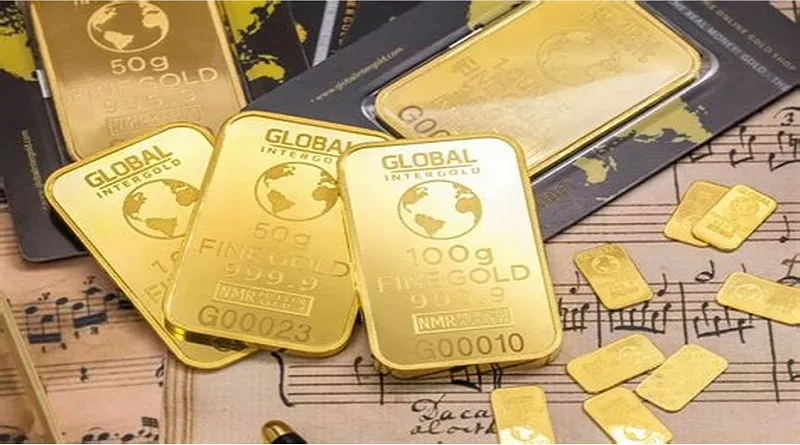When it comes to precious metals, gold and silver have long captured the imagination and interest of investors, collectors, and jewelry enthusiasts alike. While both metals have their unique attributes and historical significance, one common question arises: which is rarer silver or gold? This article will delve into the characteristics, availability, and market dynamics of both metals to provide a comprehensive understanding of their rarity.
Gold and silver have been valued for thousands of years, serving as currency, investment vehicles, and symbols of wealth. Their rarity plays a significant role in their value, and understanding this can help investors and consumers make informed decisions. This article explores the factors contributing to the rarity of each metal, including their geological abundance, production rates, industrial uses, and market demand.
Understanding Rarity in Precious Metals
Geological Abundance
Rarity in metals is often measured by their abundance in the Earth’s crust. Gold and silver have different concentrations, which significantly impacts their availability.
Gold: Approximately 0.004 parts per million (ppm) of gold can be found in the Earth’s crust. This low concentration makes gold relatively rare in geological terms.
Silver: Silver is more abundant than gold, with around 0.075 ppm in the Earth’s crust. Although this means silver is more commonly found, it is still classified as a precious metal.
Historical Context
Both metals have a rich history that contributes to their perceived rarity.
Gold: Gold has been used as a currency and a symbol of wealth for millennia. Its historical significance enhances its value and rarity.
Silver: While also used as currency, silver has often been seen as more of a practical metal for everyday transactions. Its historical role in commerce has kept its value in check compared to gold.
Production Rates and Mining
Global Production Statistics
The production of gold and silver varies yearly and is influenced by numerous factors, including mining operations, technological advancements, and geopolitical stability.
Gold Production: In 2022, global gold production was approximately 3,000 metric tons. Major producers include China, Australia, and Russia.
Silver Production: The same year saw global silver production of around 25,000 metric tons. Mexico, Peru, and China are leading silver producers.
Mining Techniques
The methods used to extract these metals can also influence their availability:
Gold Mining: Gold mining often involves complex extraction methods, including open-pit and underground mining. The process can be costly and labor-intensive, adding to gold’s perceived rarity.
Silver Mining: Silver is often mined as a byproduct of other metals, particularly lead and copper. This can lead to fluctuations in silver availability based on the mining of these associated metals.
Industrial Uses and Demand
Gold in Industry
Gold’s applications extend beyond jewelry and investment. It is used in:
Electronics: Gold’s conductivity and resistance to corrosion make it ideal for electronic components.
Medicine: Gold nanoparticles are used in various medical applications, including diagnostics and targeted drug delivery.
Silver in Industry
Silver has numerous industrial applications that contribute to its demand:
Electronics: Silver is an excellent conductor and is widely used in electrical contacts and circuits.
Photography: Although less common today, silver halides were once critical in traditional photographic processes.
Solar Energy: Silver is essential in the production of photovoltaic cells used in solar panels.
Market Dynamics
The demand for each metal can significantly affect its perceived rarity and price.
Gold Demand: Gold tends to have a more stable demand as a store of value, particularly in times of economic uncertainty.
Silver Demand: Silver experiences more volatility due to its dual role as both a precious metal and an industrial commodity.
Economic Factors Influencing Rarity
Market Speculation
Both metals are subject to market speculation, which can influence their prices and perceived rarity. Investors often turn to gold as a safe haven during economic downturns, driving up its demand and value.
Currency and Inflation
Gold is frequently viewed as a hedge against inflation, while silver is often more sensitive to economic cycles due to its industrial applications. The interplay between these factors can shift the dynamics of rarity for each metal.
Historical Price Trends
Gold Prices
Gold has generally maintained a higher price point than silver, reflecting its perceived rarity and value. Over the last few decades, gold prices have shown a consistent upward trend, particularly during periods of economic instability.
Silver Prices
Silver prices are more volatile, often reacting to industrial demand and market conditions. While it has periods of significant appreciation, it generally remains lower in price than gold.
Conclusion
When comparing the rarity of silver and gold, several factors come into play, including geological abundance, production rates, industrial demand, and market dynamics. Although silver is more abundant in the Earth’s crust, gold’s historical significance, lower production rates, and stable demand contribute to its perception as the rarer and more valuable metal.
In essence, both metals hold unique places in our economy and culture. Whether investing, collecting, or simply appreciating their beauty, understanding the rarity of silver and gold can enhance your knowledge and appreciation of these precious metals.
Related topics:
- Physical Gold vs. Gold Stocks: Which Is the Better Investment?
- Gold Bars vs. Gold Bullion: Understanding the Key Differences
- Can Fake Gold Be Stamped 18K? Understanding Gold Authenticity


